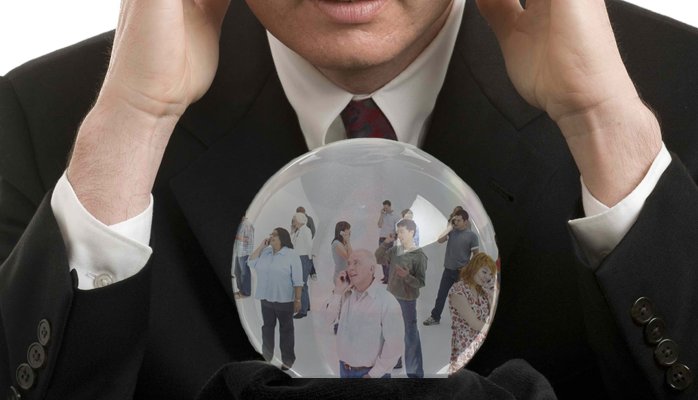By now, it’s clear to many of you that your Customer Experience is an excellent competitive differentiator for your organization. However, if you only consider the aspects of your experience that appeal to people at a logical level only, you are not taking full advantage of what we know about customers and what influences them.
All people have different influences that come to bear on what they buy and from whom. Many of these influences aren’t rational at all, nor are customers even aware of them at a conscious level. It’s like we always say in our Customer Experience Consultancy work:
Over 50% of the Customer Experience is emotional
Why is this fact so important to remember? It’s important because the emotions customers feel from conscious and subconscious interpretations of various cues in your experience then trigger psychological principles that influence their behavior during your Customer Experience. In other words, understanding the emotions your experience creates are the key to understanding why customers do what they do.
When you understand how people make decisions, you can predict what they are going to do next based on a situation. Predictive Analytics is a field exploring this idea in detail. In predictive analytics, analysts use predictive modeling, which is using statistics to predict what will happen next. The analysis of facts from today and through history, using data mining techniques to provide a predictive score for the probability that a type of decision will occur. These predictions can be used to predict the behavior of customers, employees, and patients, etc., and to determine opportunities or risks with these groups.
Whether you know about predictive analytics already or not, you certainly have personal experience with the concept.
Your credit score is a form of predictive analytics
Credit Bureaus look at your payment history to assign a value based on the probability that you will pay back your debts. This prediction allows creditors to determine if it’s a great opportunity to loan you money—or an enormous risk.
But predicting behavior isn’t enough to take full advantage of what we know about customers to create the competitive advantage you want either. You also have to set the stage for a decision that you want your customers to make.
Most people are consistent with their behavior. Once they have an established way of doing something, they keep doing it that way, reinforcing the idea that it is the best way to do it. Then, it becomes a habit. This is the concept ofReinforcement and Habit. Using the principle of reinforcement and habit as a foundation, you can work with what you know about their behavior to design and experience that appeals to this predisposition.
The tone with which you present your choices and how you present them can work with reinforcement and habit, particularly when you need to change customer behavior. Consider a time when you changed your preferences to an electronic billing transaction. When you learned of the option to go electronic, did you get an incentive to make the switch or were you threatened with a $1-$2 fee for a paper statement? Whichever one motivated you, both are examples ofFraming.
Now consider a time when you ordered ice cream. There were likely three options: small, medium, and large with pricing that correlated to each. Whichever size you chose, you were participating in choice architecture, which describes the different ways you present options in your Customer Experience. (Based on predictive analytics, however, the majority of you chose the medium-sized option!) The principles of Framing and Choice Architecture allow you to present your choices in a way that sways customers to make decisions that drive more value for your organization.
As Customer Experience Consultants, we see these influences play out every day in how customers make decisions. We see it in how the wine store customersbought French wine when they heard Debussy played in the background. We also see it in how restaurants get us to forget we are spending money and enjoy our dining experience. It’s why we grab cookies when we only went to the store for milk.
It comes down to understanding how people think—and it isn’t rationally! When you understand these concepts, you have everything you need to design a Customer Experience that takes full advantage of what we know about customer behavior and how they make decisions.
To learn more about these fascinating and compelling concepts for business, please register for our FREE global book launch webinar: The Intuitive Customer: 7 Imperatives for moving your Customer Experience to the next level(Palgrave Macmillan, 2016).This one-hour event will give you the key takeaways of this groundbreaking book directly from the authors. You will understand what you need to do to move your customer experience to the next level. All of this streamed, live to the palm of your hand!
If you enjoyed this post, you might be interested in the following blogs:
Industry Secrets Leaked: Predicting Customer Behavior
How to Measure Customer Emotions
What Can We Learn from Restaurants and Casinos?
Colin Shaw is the founder and CEO of Beyond Philosophy, one of the world’s leading Customer experience consultancy & training organizations. Colin is an international author of five bestselling books and an engaging keynote speaker.
Follow Colin Shaw on Twitter & Periscope @ColinShaw_CX


